Race Day Concerns—The Effect of Heat and Humidity on the Racing Pigeon
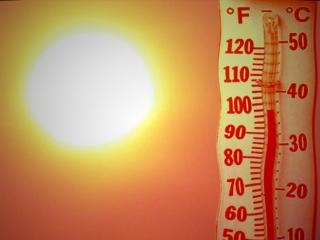 Because racing pigeons do not possess sweat glands, control of their bodies’ heat and hydration is regulated through their air sacs. Cooling occurs during respiration as moisture is evaporated from the lining of the air sacs. As the pigeon uses its moisture, or fluid, to cool itself, the loss of fluid can lead to dehydration. In this article, we’ll discuss the effects of race day heat and humidity and how to keep your racer hydrated.
Because racing pigeons do not possess sweat glands, control of their bodies’ heat and hydration is regulated through their air sacs. Cooling occurs during respiration as moisture is evaporated from the lining of the air sacs. As the pigeon uses its moisture, or fluid, to cool itself, the loss of fluid can lead to dehydration. In this article, we’ll discuss the effects of race day heat and humidity and how to keep your racer hydrated.
Dehydration
When the racing pigeon works to keep itself cool, it begins to pant. This panting increases the air flow through the bird’s air sacs, evaporating the moisture and cooling the bird. The resultant loss of moisture can soon lead to dehydration if the bird does not replenish its fluid stores through drinking water.
If there is no water available, the bird can’t replenish its fluid stores, so it can’t cool itself. A condition called “secondary hyperthermia” soon develops. This condition will rapidly lead to death.
Signs and Symptoms of Dehydration
The effects of dehydration can be seen when your racing pigeon is even just 5% dehydrated. This level of dehydration can occur within twenty-four hours of 25C (77F) temperatures. When the bird is 5% dehydrated, it becomes quiet and fluffs up. Fluffing is the bird’s attempt to cool itself by raising its feathers away from its body to increase air circulation.
At a dehydration level of 10%, the bird becomes increasingly quiet and even more fluffed.
When dehydration increases to 15%, there is reduced blood flow circulating to the vital organs, including the brain. The racing pigeon’s level of consciousness becomes impaired. There is a risk of death at dehydration levels of 15% and beyond.
Environmental Conditions to Watch For
As a racing pigeon fancier, you need to be watchful on race day for weather conditions that can increase the risk of dehydration in the racing bird.
- Temperatures higher than 25 C (77 F) result in rapid dehydration in the absence of water.
- Low humidity increases the rate of fluid loss as less moisture flows through the air sacs.
- High humidity decreases evaporative cooling, increasing hyperthermia.
- Head winds cause extra exertion which increases the CO level of the blood. This increases the rate of respirations which increases the amount of fluid loss. This, then, leads to dehydration.
Prevention of Hyperthermia and Dehydration
The number one prevention measure you can take to keep your racing pigeon cool and hydrated is to provide water. Offer water from the start of basketing until arrival at the race point the next day. This way you will have a fully hydrated bird at the time of the release.
And provide water upon the bird’s return. The bird will readily drink, especially if there was no water along the race route. Drinking upon return will quickly restore lost fluid, re-establish hydration and cool the bird.

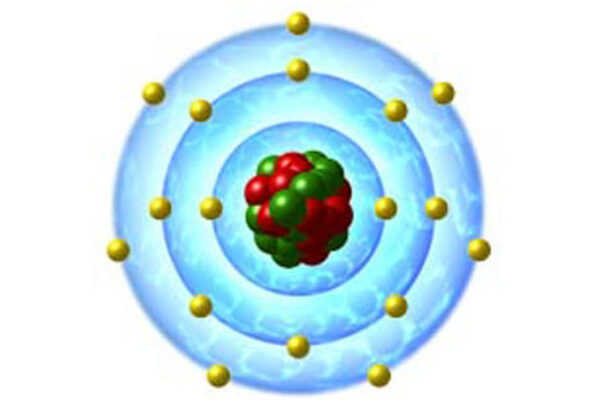
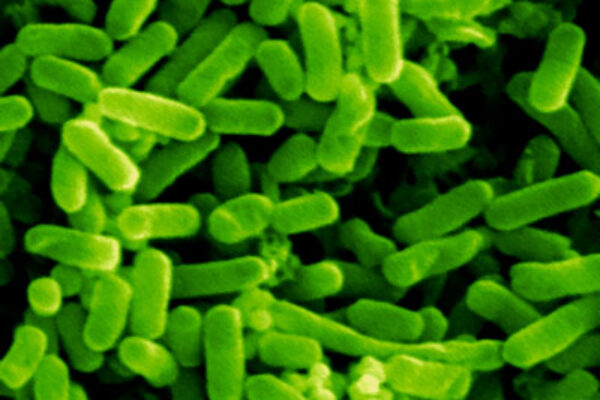
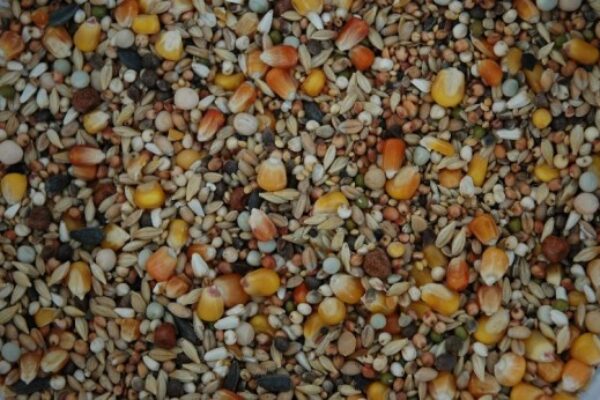
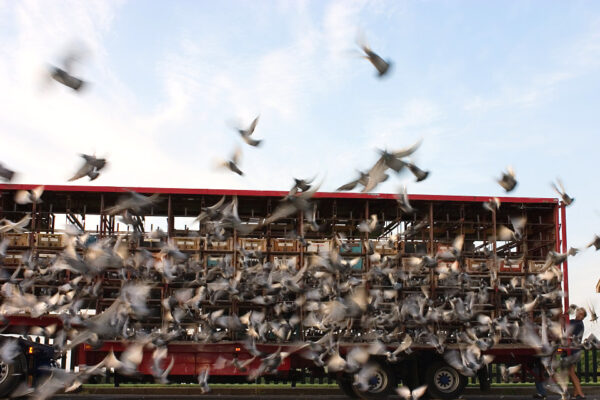
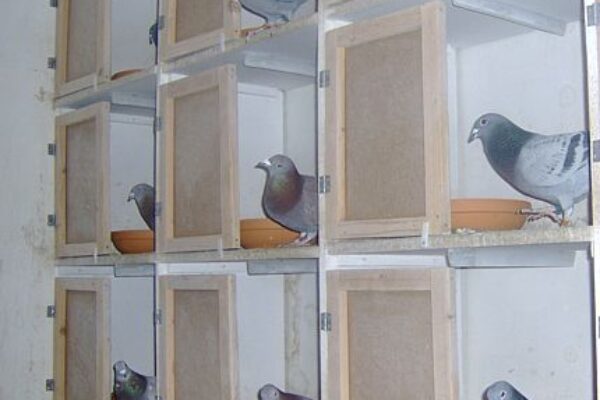
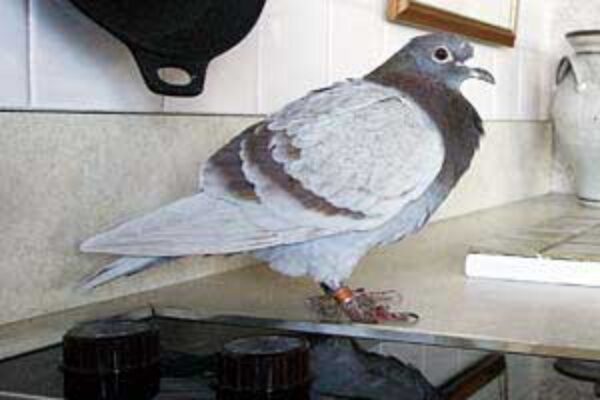


Hi Chris its Johnna i cant check that video of the smugling with racing pigeons said its
private
Hi, Johnna! Sorry about that. Thanks for taking the time to report it. I guess that the video was taken down, but i was able to find a copy and fix the page: https://www.pigeonracingpigeon.com/whats-new/video-pigeons-used-to-smuggle-drugs/ .
Hi Chris,plse allow me to wish all your audience and yourself a Merry X-Mas & a Happy New Year 2014 full of happinees and health. May all your birds return from the competitions,to their lofts without any looses(very difficult)God bless you all. I fully agree with Terry´s comments written on February 23rd 2010.Quite some time ago, but anyway. In our country with a very high temperature during our flying period from December/April the truck driver´s assistant is always a pigeon fancier, this is just to make sure the birds are released in a clear area without trees and electrical cables, and that they are watered about 03 hours before being released,Honestly even on the longest distance flights we do not feed the birds, and if each cage contents the correct amount of birds, so not overcrowded you can count on succes if your birds are in healthy conditions. Newcomers should always care to get their birds returned from all distances, and once this test is approved, you will start trying to know better your birds in order to improve their velocity. This is like my father used to say you have the Master´s Birds, but not his hands. If you put on Ali´s boxing gloves does not mean you will gain all fights. In the pigeon sport is the same, the word patient means a lot. All beginners should keep this word in mind. As Terry mentioned we do always wait at least for about 5 to 10 minutes before allowing the birds to drink, obviously the water fountain
is placed but empty. We have had in our club several pigeons diseases due to a heart attack, for drinking immediately after returning from races. probably there are other reasons involved but the discussion is water.Who did never receive birds from a flight with the counter marks full of river sands and / or petroleum??? Every body does right!! We presume that for a 90% this is owned due to lack of water before releasing.We have receive birds from 870 KM,with clean legs, this is a sign that the birds were handled correctly. Oh, oh I´m not blaming all truck drivers and assistants, but in our case
once we took all necessary steps into the matter, the situation was improved successfully-
Hi Chris i even find young birds that are fed and water in the race crates half will not drink in
the basket when they are put through for the races and i think this is because its new surroundings
and everything else is new also.One thing is of sure the weather over the last 5 or 6 years has
really changed.But one of our fliers started putting safflower in the water on shipping night and
a lot of birds drank Brad.
Hi bfoster its Johnna yes thats a problem to let the birds fillup there crops whith water
if not take enougth water you got a a hard race food in the crop extra weight slower pigeon
hope the safflower story work
Dear can any one tell me some medicine or diet which keep my pigeon hydrated during flying.i ahve flying pigeon in pakistan and here temprature in month of june is near to 50 centigrade
rice has a high water content. you can also use a syringe to put water down into the birds crop as you should do when basketing for a race particularly with young birds
Chris, excelente inicio de este artículo importantisimo y que en muchas ocaciones omitimos. Podría asegurar que más del 50% de nuestros competidores en larga distancia sucumben por este fenomeno. Muchos saludos.
Hi all has anyone tried using pine needles on their pigeon loft floor
It really works since I have been using then I have not lost
Any babies
can you kindly please give us more details we would like to learn more.
what is pine needles?
our e-mail is [email protected]
we are for Malta
Joe Micallef
This is great stuff. This really work for my pigeons. I came 2nd in a 720km race with a 950mpm arivl